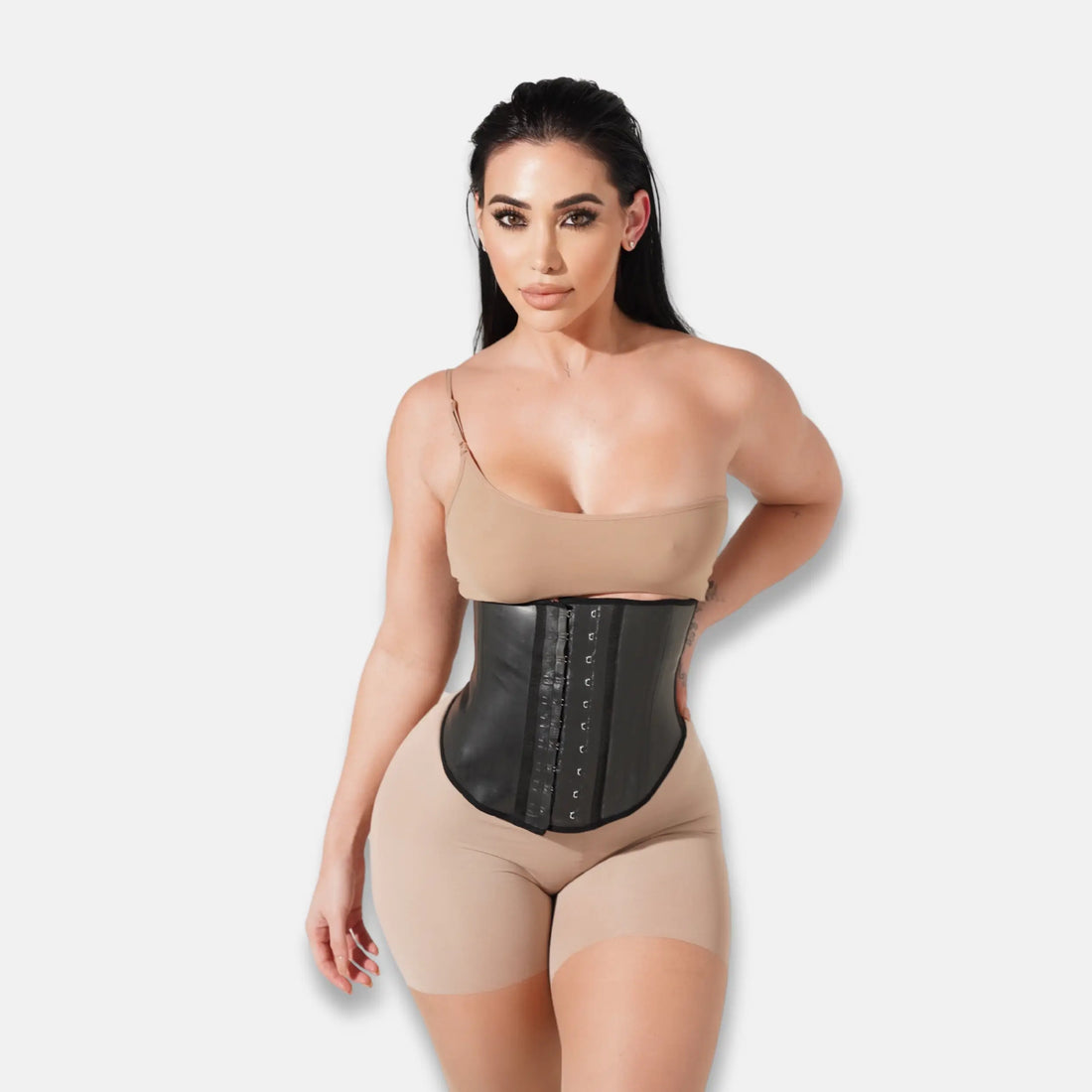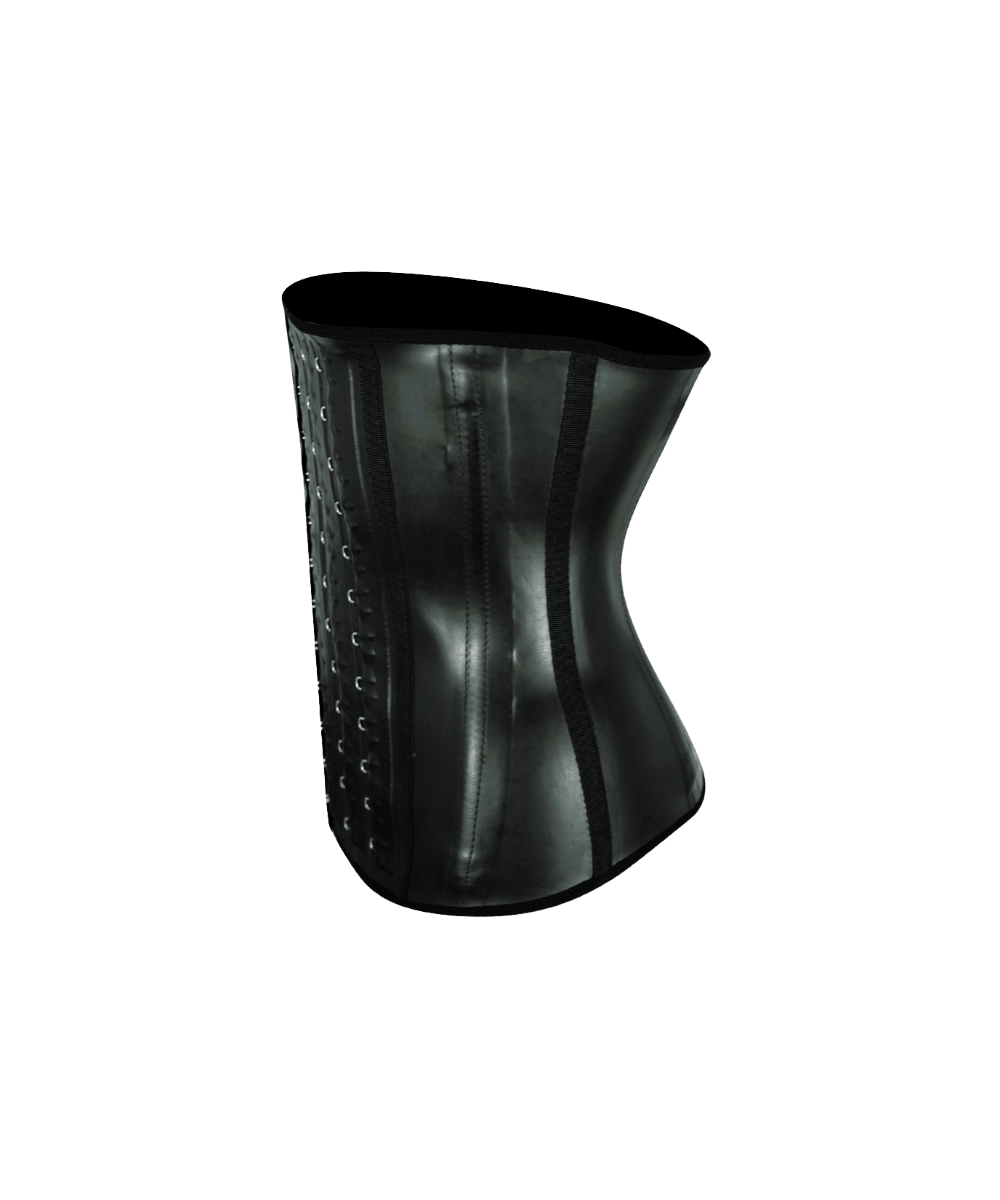Waist trainers have become increasingly popular among fitness enthusiasts, promising a slimmer waistline and improved posture during workouts. But with their rise in popularity, many people are left wondering: are they safe to use while exercising? In this blog, we’ll dive into the important aspects of waist trainers to help you make an informed decision.
Understanding Waist Trainers
Waist trainers, often made from thick fabric with steel boning, are designed to create a sculpted figure by compressing the waist. But have you ever wondered exactly how they work during a workout? When worn, they apply pressure to the midsection, which some believe helps in training the waist to a smaller size over time.
Despite their popularity, it’s crucial to understand that waist trainers are not a magical solution for weight loss. They can restrict movement and make breathing difficult if worn too tightly, especially during high-impact exercises. Understanding their construction and design can help you make a more informed choice.
As you consider using a waist trainer, keep in mind that the primary function is to provide support rather than to replace a solid workout regimen. They can be helpful for some, but awareness of their limitations is essential.
How Waist Trainers Claim to Work
Advocates of waist trainers often claim that wearing one during workouts can enhance calorie burn and improve posture. The idea here is that by reducing the area of the waist, your core is engaged more effectively, leading to improved form during exercises.
Moreover, waist trainers can give individuals the illusion of a more toned waist while working out, which might boost confidence levels. This psychological boost can sometimes lead to more dedication in fitness routines.
However, it’s important to note that these claims aren’t universally accepted and can vary from person to person. There’s a significant difference between support and results. Maintaining a balanced diet and consistent exercise regimen remains paramount.
Potential Risks of Using Waist Trainers
While there are perceived advantages to wearing waist trainers, they are not without risks. Overuse can lead to serious health concerns, including but not limited to restricted breathing, digestive issues, and muscle atrophy. When worn for extended periods, they can weaken abdominal muscles, making it harder to achieve a natural core strength.
Furthermore, wearing a waist trainer can compromise circulation, especially when engaged in vigorous activities. This issue is particularly concerning for individuals with existing health conditions. It’s essential to be mindful of how your body responds when donning a waist trainer.
In short, while some users may experience benefits, the potential downsides highlight the need for caution. Ensuring that you are not sacrificing your health for aesthetics should be a priority.
Proper Usage of Waist Trainers
If you decide to use a waist trainer during your workouts, it’s crucial to employ them properly to minimize risks. First and foremost, start with a trainer that fits well and allows for some movement. Never wear a waist trainer too tightly—comfort should be your guiding principle.
Pairing the waist trainer with a balanced workout routine that includes core strengthening and stretching exercises can maximize benefits. This combination ensures you build strength without solely relying on the trainer.
Also, limit the duration of wear, especially during intense activities. Listening to your body is paramount. If you experience any discomfort, it’s best to remove the trainer to avoid potential injury.
Are There Alternatives?
If you’re wary of the risks associated with waist trainers, you may want to explore safer alternatives. Core strengthening workouts, like pilates or yoga, can naturally tone your waist without the need for restrictive garments.
Moreover, investing in proper workout gear designed for support and comfort can also enhance your exercise experience. High-waisted leggings or supportive workout tops can provide the compression and stability you might seek.
Ultimately, the best way to achieve your fitness goals is through a combination of good nutrition, hydration, and regular exercise. Finding a workout routine you enjoy can make all the difference!
Final Thoughts on Waist Trainers and Workouts
In conclusion, while waist trainers can offer some benefits during workouts, it’s essential to use them wisely and be aware of the potential risks. Consult with a healthcare professional if you have any concerns, and always listen to your body during exercise.

















